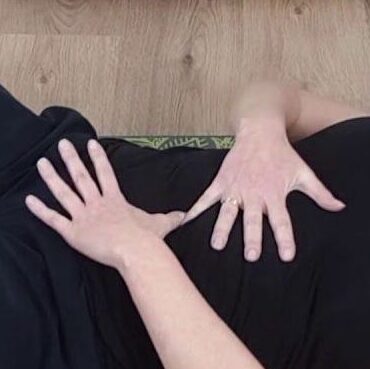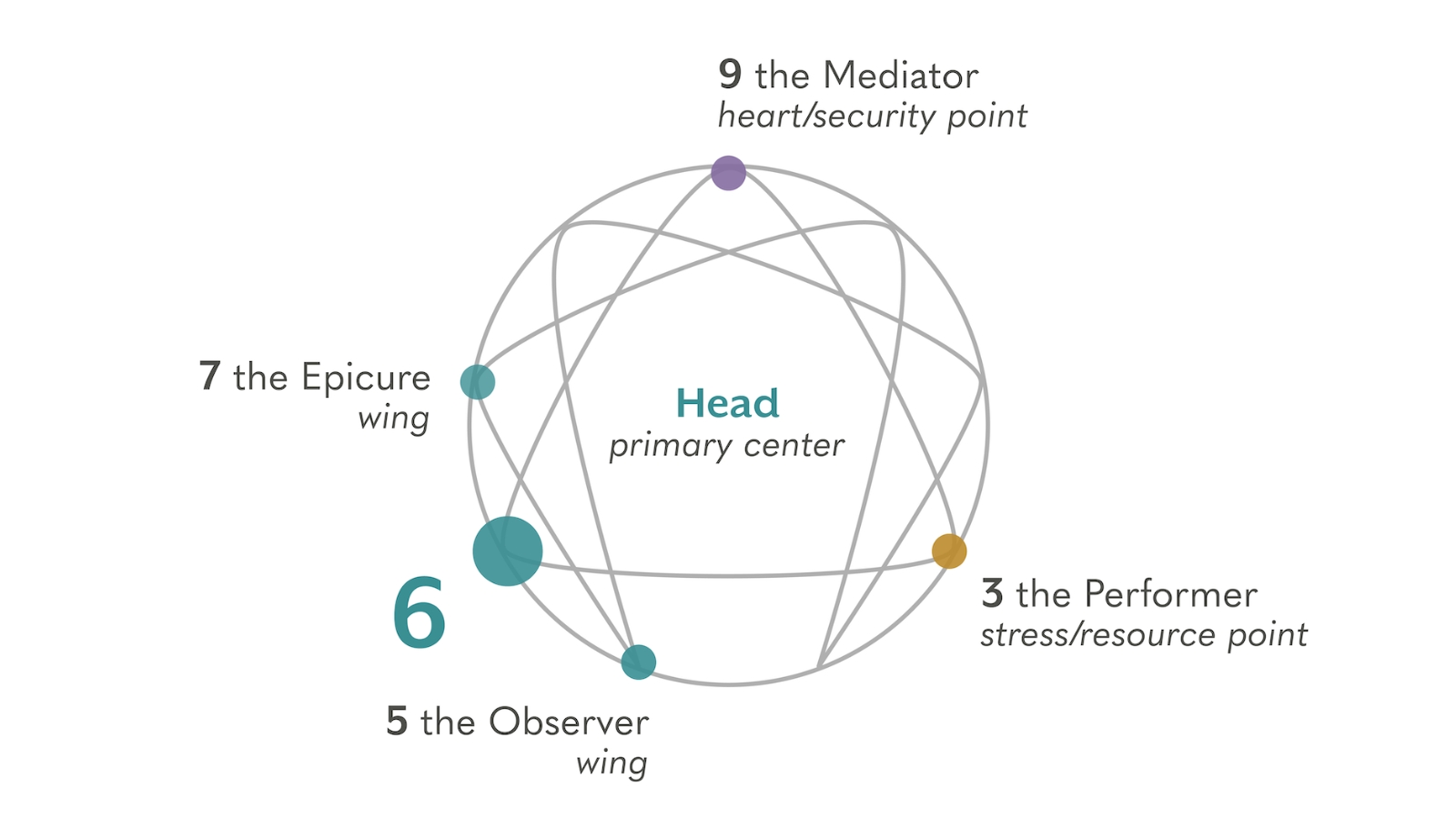
Enneagram Type 6
The Questioner
Questioners believe you must gain certainty and security in a hazardous world that you just can’t trust. Consequently, Questioners are intuitive, inquisitive, trustworthy, good friends and problem-solvers, but also can be doubtful, accusatory and fearful.
Type 6 on the Diagram
- Primary Center: Head
- Wings: 5 and 7
- Security point: 9
- Resource point: 3
Focus of Attention
What could go wrong, worst-case scenarios and how to deal with them
Life Lesson
To reclaim trust in yourself, others and the world, and live comfortably with uncertainty
Speaking Style
Thoughtful, questioning, engaging and information-oriented. Others may perceive Sixes as pessimistic, contrary, challenging, doubting or controlling.
Psychology
Sixes use their perception and intellect to understand the world and figure out whether other people are friendly or hostile. They focus on guarding the safety of the group, project or community. Sixes are good at anticipating problems and coming up with solutions. They can oscillate between skepticism and certainty, rebel or true believer. When phobic, Sixes are cautious, tending to hesitate, worry and procrastinate. Counter-phobic Sixes rush into action and brace themselves to overcome their fears. As Sixes learn to trust themselves and others, they become more flexible and develop the courage to act, even in the presence of doubt or ambivalence.
Basic proposition
You can assure life and certainty by avoiding harm (the phobic stance) or facing it (the counter-phobic stance) through vigilance, questioning, and either battling or escaping perceived hazards.
Strengths
Perceptive, sensitive, loyal, warm, witty, courageous and strategic thinking
Challenges
Anxious, hyper-vigilant, pessimistic, contrary, over-active imagination
Defense mechanism
Projection – attributing inner concerns and fears to others and external situations
Sixes use projection to avoid personal rejection and maintain a self-image of being loyal. To assure safety and justify loyalty, they project positive feelings onto a relationship or an external authority figure. To explain internal feelings of fear and distrust, Sixes project negative feelings onto others, and then look for evidence to support these projections.
Awareness practice
Observe your habit of mind or focus of attention with as little judgment as possible. Ask yourself the following questions, while noticing your feelings and how your body responds:
- How do I get fearful, alarmed or anxious?
- How do I question and doubt in my internal dialogue?
- How do I magnify situations in my mind?
- How do I project my positive or negative feelings onto others?
- When has fear of making a wrong decision held me back?
Relating to Sixes
- Be consistent and trustworthy.
- Disclose your own personal feelings and thoughts.
- Appreciate their attention to problems; agree on rules and procedures.
- Join them in acknowledging what can go wrong before moving ahead.
- Put your cards on the table as much as possible – don’t be ambiguous.

Get Our Free Enneagram Guide
LEARN MORESpirituality
Type Six’s journey is more obvious and straightforward than for any other type. The child who experienced the world as threatening and unpredictable, and fell into fear and doubt, needs to regain faith and trust in self, others and the world. Faith is a big stretch for the Loyal Skeptic because faith comes before proof.
Path of Integration
Mental: Doubt > Faith
Emotional: Fear > Courage
The aspect of awareness called the Inner Observer allows us to witness the internal patterns that drive outer behavior. The practice consists of focusing inwardly and becoming aware of the thoughts, sensations and other objects of attention that arise within us. This allows us to be fully present, thus relaxing type patterns and increasing receptivity.
For Sixes, take a moment to reflect on the following principles:
- Insecurity is part of life.
- Flight, fight and freezing are all reactions to fear.
- Courage is not the absence of fear; it is moving ahead in spite of it.
- When we relax our vigilance and stay in the present moment, we notice that everything is ok.
- When we cultivate faith rather seeking certainty, we begin to trust in the process of life.

The Enneagram and Spirituality
LEARN MORESomatics
As mental types, Sixes use their keen perception to anticipate problems, find solutions, and establish rules and procedures that create safety and security. Some Sixes are cautious while others jump into action. But all Sixes have a very sensitive neurological alarm system that puts them on high alert when there are signals of danger, even when the danger is imagined or magnified. Cautious or phobic Sixes tend to withdraw, either by physically leaving situations or going into their heads. Counter-phobic Sixes tend to accumulate more muscular tension and rigidity. The diaphragm and throat are control centers, which can result in a halting or stuttering style of breathing and speaking.
If you are a Six…
Your task is to develop a sense of safety within yourself. Start by becoming centered and grounded in your body. Take slow, deep breaths and stretch the actual muscle of your diaphragm, then release the exhalation as much as possible. It’s important to notice when your alarm system is activated for the fight, flight or freeze response. To help restore calm and reduce anxiety, breathe slowly and deeply into your belly, allowing pleasurable sensations to build. If you need more energy to deal with challenges, practice breathing into your chest. And when you find yourself worrying and holding your breath, return to the practice of slow, steady breathing.






